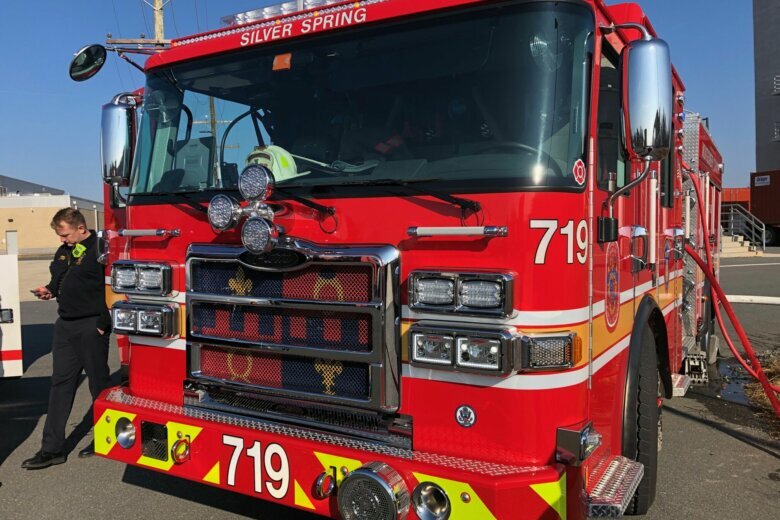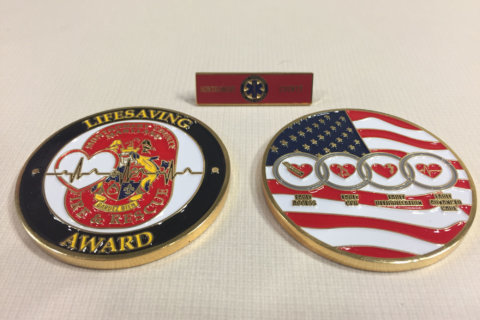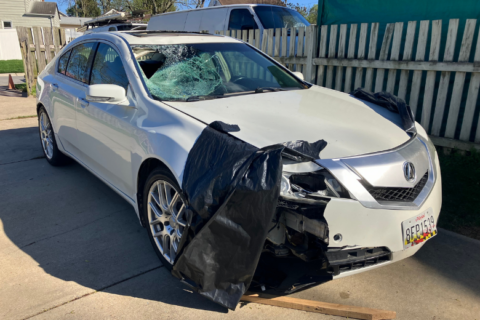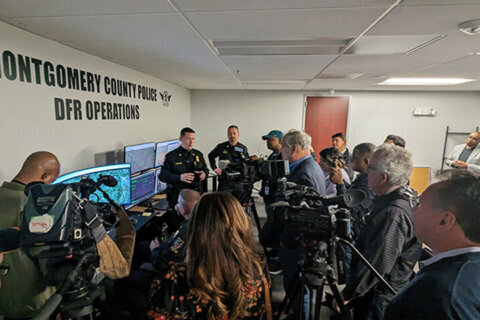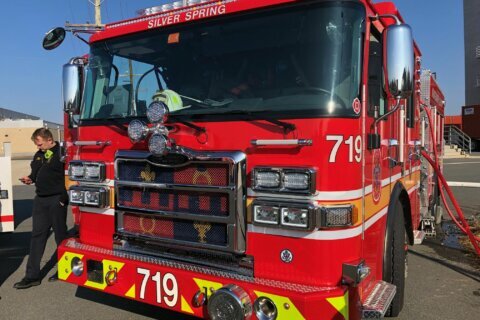
Earlier this month, firefighters, paramedics, and citizens dubbed “everyday heroes” were honored in Montgomery County for a year’s worth of heroic maneuvers: resulting in several lives saved in 2019.
In each case, it involved someone being in the right place at the right time, and knowing what to do, when someone else’s life absolutely depended on it.
Those lifesaving skills are skills first-responders hope everyone would know, though many don’t.
“We call it the chain of survival,” said the county’s emergency medical and integrated health care services battalion chief Alan Butsch. “What’s very important is timely recognition of the emergency as well as intervention by bystanders, as well as intervention by our providers.”
He said if someone appears to be going into cardiac arrest nearby, the first thing you should do is send someone to call 911. And then, if you know how to do what’s called “high performance CPR,” it’s time to get to work.
“We’ve learned over time, that what’s really critical, is getting hands on the chest immediately, and doing about 110-115 compressions per minute, and not interrupting those compressions for anything,” Butsch said.
He said too many people don’t know the proper way of doing CPR has changed over time, and even if they do, they don’t know how to do it.
The mouth-to-mouth aspect of CPR as you may have known it, for instance, is outdated, and it turns out, it’s not even all that effective either.
“It’s better to do hands-only CPR,” Butsch said. “The brain can survive just with the oxygen that’s being passively taken in with hands-only CPR. … But without that circulation going on, that creates a problem.”
He’s urging everyone to take a CPR class to learn how to do it right, and won’t pretend it’s easy to do when it matters most.
“It’s pretty strenuous. If you’re pushing on somebody’s chest for 100 times a minute for two-minute cycles and you’re doing that for five-to-six minutes, that’s pretty strenuous,” Butsch said.
Despite the intensity, Butsch closed with a plea for everyone to learn it, anyway, “because it really is important.”

